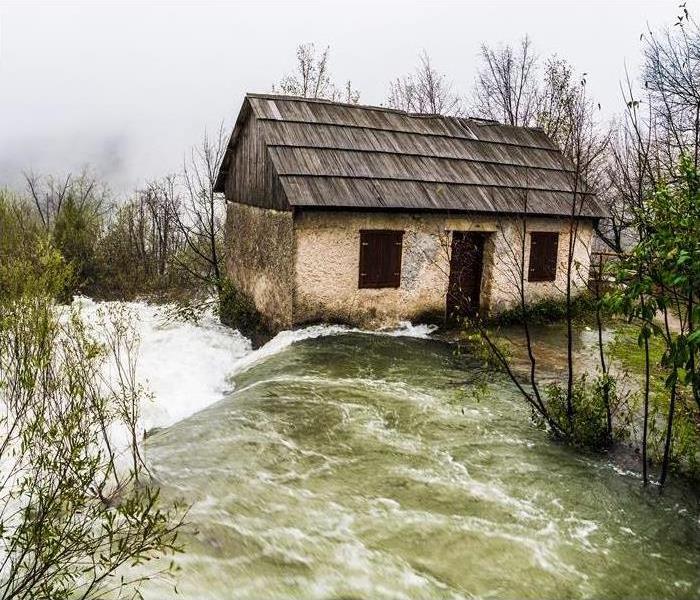
Step 4: Drying and Dehumidification
Our Water Damage Restoration Process
After the water has been extracted from your home, our crews move on to the drying phase. Although your walls and floors may appear dry, materials like carpet, drywall and wood are porous, which means they retain water. This moisture can eventually lead to mold, warping, or other structural issues.
Our technicians will measure moisture levels and set equipment (such as air movers and dehumidifiers) to accelerate the drying process. We strategically place equipment based on the amount of damage and the size and layout of the affected rooms. Our goal is to dry your Statesville or Mooresville home until it reaches the target moisture levels!
Drying / Dehumidification
Our Professionals will use room measurements, temperature, and relative humidity to determine the optimal number of air movers and dehumidifiers to dry your home or business. We’ll carefully monitor the progress using moisture meters until the materials return to acceptable drying goals.
- Use Dehumidification Equipment
- Use Monitoring Equipment to Track Progress
Monitor Floor and Walls
We check the moisture levels to monitor the drying process.
- Monitor Floors
- Monitor Walls
Drying Equipment
- Industrial-grade dehumidifiers help prevent secondary water damage like swelling and warping of floors, walls, and furniture.
- High-speed air movers create airflow across walls, carpets, pads, and furniture, which accelerates the evaporation of moisture.





 24/7 Emergency Service
24/7 Emergency Service



